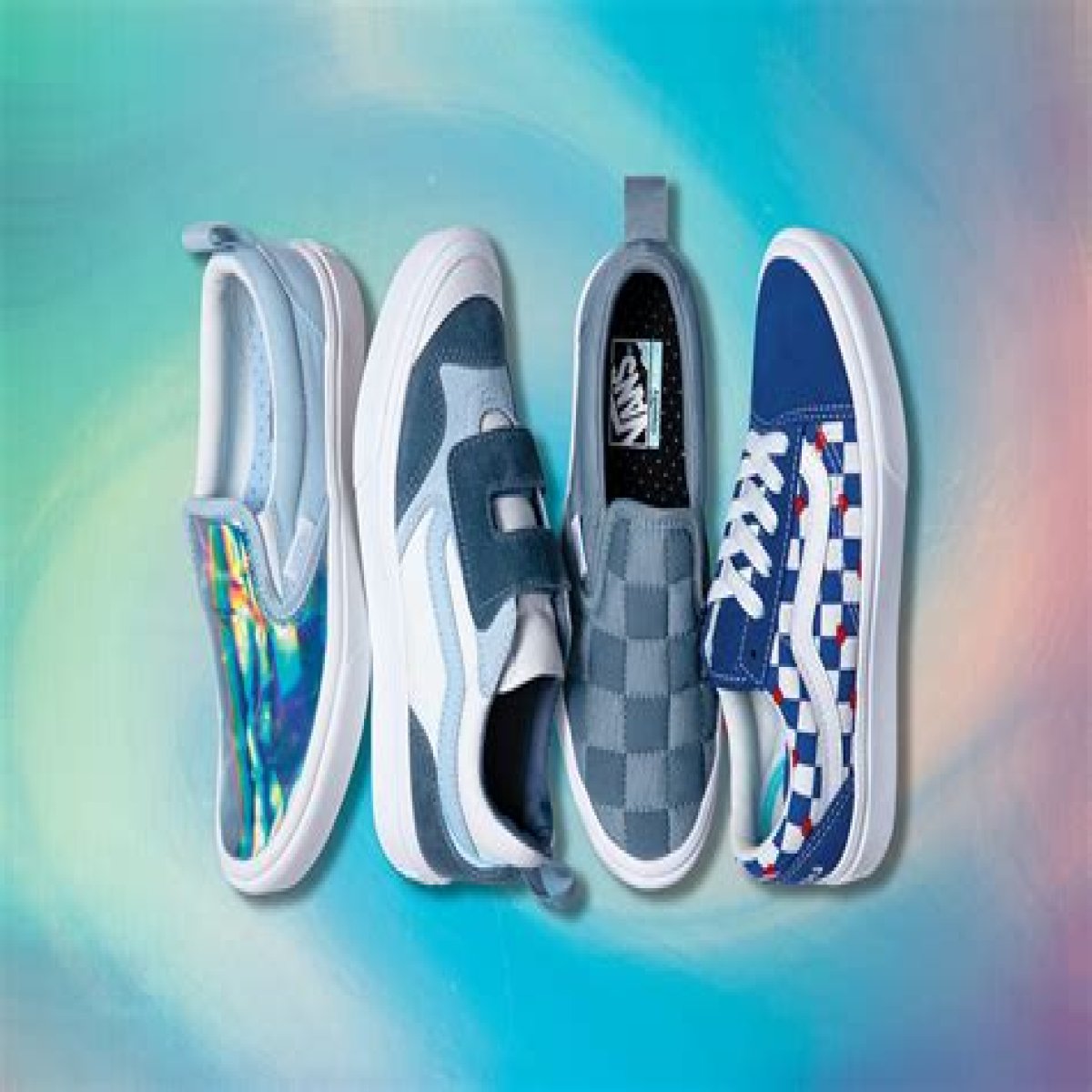A few weeks ahead of Autism Acceptance Month, Vans is promoting its new line of footwear designed specifically for people who have autism. More clothing companies are starting to realize that it’s inclusive and smart to design clothing for disabled people. Autistic people process sensory information differently than people who are not autistic, and for many, finding comfortable clothing can be challenging. Vans kept that in mind when creating these shoes:
On Wednesday, the popular shoe brand announced that they would be launching the Vans Autism Awareness Collection, a line of “ultra-comfortable” footwear designed specifically with Autism Spectrum Disorder in mind, according to the company’s press release.
The shoewear brand partnered with the International Board of Credentialing and Continuing Education Standards to create shoes with “sensory-inclusive elements,” including a calming color palette of blues and greens, and design features that focus on the senses of touch, sight and sound. . . .
The line will feature multiple sneaker options including the ComfyCush Old Skool with blue suede, the ComfyCush Slip-On for easy wearing and the ComfyCush New Skool, featuring a single-strap, hook-and-loop closure.
Vans says that at least $100,000 of the proceeds from sales of the collection will be donated to the A.skate Foundation, which introduces skateboarding to kids with autism.
One parent replied:
Thank you for doing daughter loves the slip ons! Her motor skills aren’t the best so the slip ons offer some independence. She is considering the custom option that you offer.
— Joyce Skogen (@radtechar) March 11, 2020
I’m not sure whether this child is autistic or has another disability that affects her motor skills, but this is also a great reminder for companies that when they make clothing that is inclusive, it benefits many people, not only those whom they were specifically designing the clothing for in the first place. The same is true for anything that is done in the name of accessibility. (Assuming that it is, you know, actually going to facilitate accessibility.)
I really like these shoes! I’m always disappointed, though, when companies don’t make all of the options available in all sizes: People reports that “the ComfyCush Slip-On PT with the “LOVE” print and hologram pattern, as well as the ComfyCush New Skool, will only be made in kids and toddler sizes.” I tend to gravitate toward fun clothing and am always disappointed when I’m looking in a catalog and see the small print mention that something is only made in children’s sizes. (I would absolutely wear the hologram shoes.)
A note: I purposely switched back-and-forth between using person-first language and identity-first language here. Many people who are disabled use identity-first language because we claim our disability(ies) as identity(ies). Well-meaning nondisabled folks promote person-first language because they want to focus on who we are as people and not on our disabilities. Being disabled is very much a part of who we are, though, and not something that we try to downplay all the time: If we need or want to mention that, we will. If we don’t, we won’t. Everyone is different, of course, so the most respectful thing that you can do is to ask people how they’d like you to refer to them if you are in a situation where you need to mention their disability. It’s often the case that you won’t need to mention that, anyway! (For the love of common sense and respect, don’t ever reveal someone’s disability status without their consent, including children!)
Note by CB: This is not a sponsored post
Introducing the Autism Awareness Collection, an ultra-comfortable footwear pack with sensory-inclusive elements and a calming color palette. Learn more at
— Vans (@VANS_66) March 11, 2020
